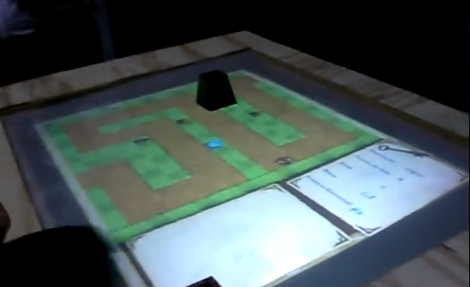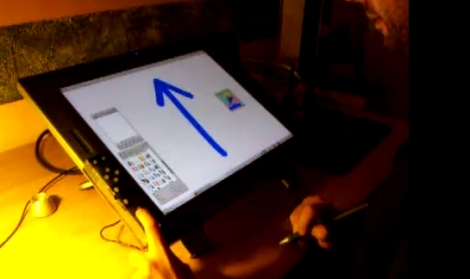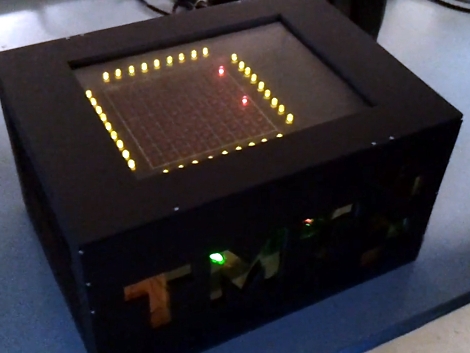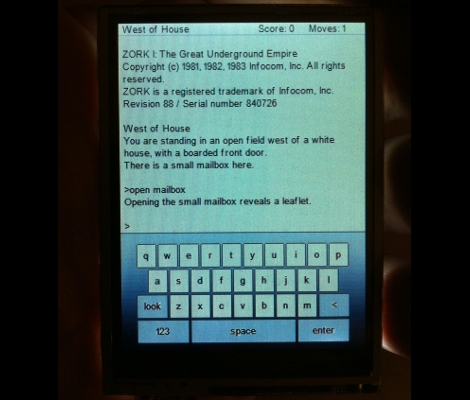
This mirror has a large monitor behind it which can be operated using hand gestures. It’s the result of a team effort from [Daniel Burnham], [Anuj Patel], and [Sam Bell] to build a web-enabled mirror for their ECE 4180 class at the Georgia Institute of Technology.
So far they’ve implemented four widget for the system. You can see the icons which activate each in the column to the right of the mirror. From top to bottom they are Calendar, News, Traffic, and Weather. The video after the break shows the gestures used to control the display. First select the widget by holding your hand over the appropriate icon. Next, bring that widget to the main display area by swiping from right to left along the top of the mirror.
Hardware details are shared more freely in their presentation slides (PDF). A sonar distance sensor activated the device when a user is close enough to the screen. Seven IR reflectance sensors detect a hand placed in front of them. We like this input method, as it keep the ‘display’ area finger-print free. But we wonder if the IR sensors could be placed behind the glass instead of beside it?
Continue reading “Cloud Mirror Adds Internet To Your Morning Ritual”

















